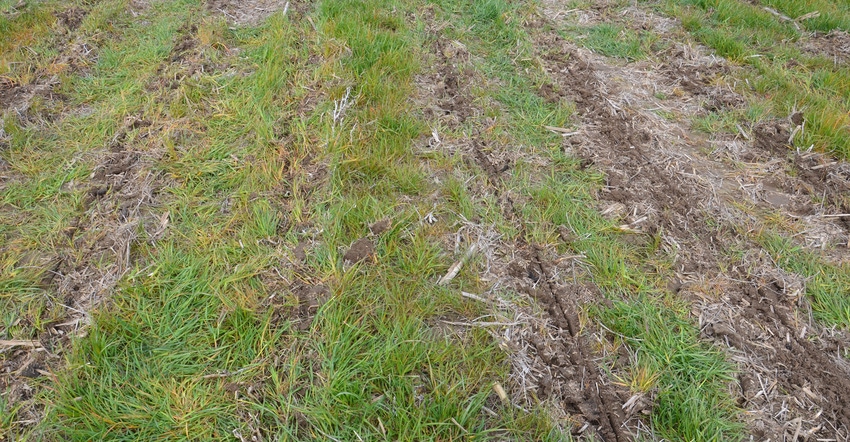
Even though you don’t plant cover crops with the intention of marketing them like a cash crop, it’s still important to pay attention to seed quality. Seed quality attributes include seed purity, vigor, germination and weed seed percentages, as well as the seed’s “trueness to its variety.”
The term “variety” refers to a subdivision that is distinct, uniform and stable. Characteristics that differentiate varieties include how fast a seed breaks dormancy in the spring or how long it takes for the plant to mature, disease resistance, and the plant’s physical size.
This information was prepared by Indiana Conservation Partnership personnel, led by a team of USDA Natural Resources Conservation Service staff, including: Don Donovan, Clint Harrison, Amanda Kautz, Derek Schmitt and Brian Musser, district conservationists; Susannah Hinds, grazing lands specialist; Stephanie McLain, state soil health specialist; Kris Vance, public affairs specialist; Tony Bailey, state conservation agronomist; Victor Shelton, grazing specialist; and Shannon Zezula, state resource conservationist.
Avoid VNS
If you don’t state what cover crop variety you want, the default will be VNS, which means “variety not stated”; so essentially, this isn’t a specific variety but a mix of different varieties. This can cause serious problems if you’re expecting all plants to act similarly. For example, if one variety of cover crop breaks dormancy before another variety and they’re mixed together, you may spray too early to terminate one variety.
This is especially true with annual ryegrass. Do your research and choose a variety that works well as a cover crop in your area, and that will survive the winter but terminate easily in the spring. Donovan recommends you don’t buy VNS annual ryegrass.
Successful users of annual ryegrass have found there are several varieties that will survive Indiana winters and still terminate in the spring when you follow published guidelines.
Different varieties of cereal rye also have different characteristics, such as reaching maturity at different heights, breaking dormancy at different times and tillering at different levels. These differences can impact how and when you terminate the cover crop. If you buy cereal rye that is VNS, you may have a mix of several varieties that break dormancy at different times.
Seed source
Source of cereal rye can also be a concern. Data provided by the Office of Indiana State Chemist shows that cereal rye grown in Indiana can have a significantly lower germination rate than rye grown in the northern part of the U.S. and Canada. This is primarily due to lower humidity levels in the northern latitudes and fewer disease issues. All seeding rates should be based on pure live seed so you can adjust for germination rates.
If you raise your own cereal rye or purchase it locally, Donovan says you need to have the seed cleaned and labeled, and the germination tested with the Office of Indiana State Chemist. This will ensure that you plant the correct amount of viable seed. Most cover crop cost-share programs administrated in Indiana require that you provide seed tag information before payment is approved. More information on seed laws can be found at oisc.purdue.edu.
Treat cover crop seed selection like you do cash crop seed. Do your research, talk to other farmers who have been successful with that cover crop, and conduct on-farm trials to help select the variety that will work best for your operation.
About the Author(s)
You May Also Like




